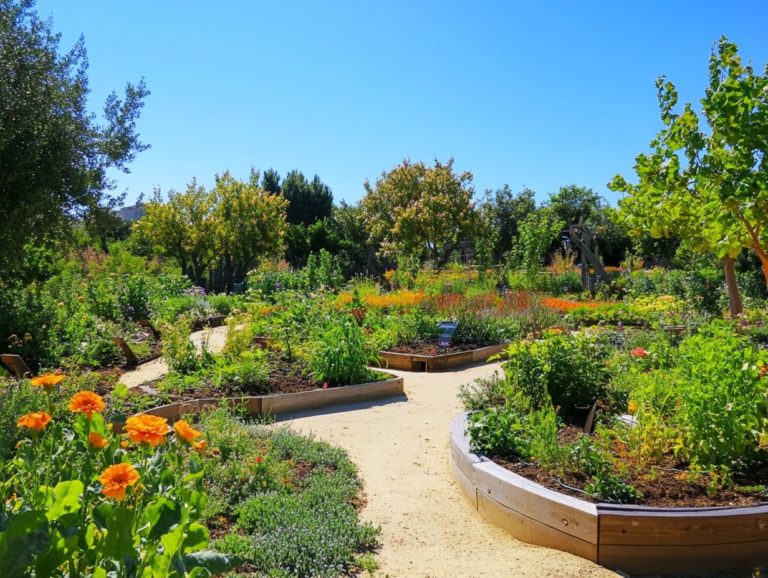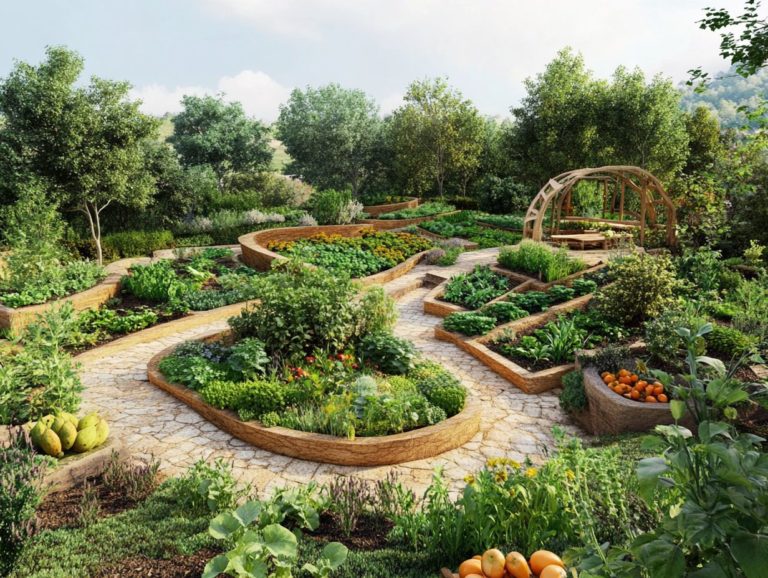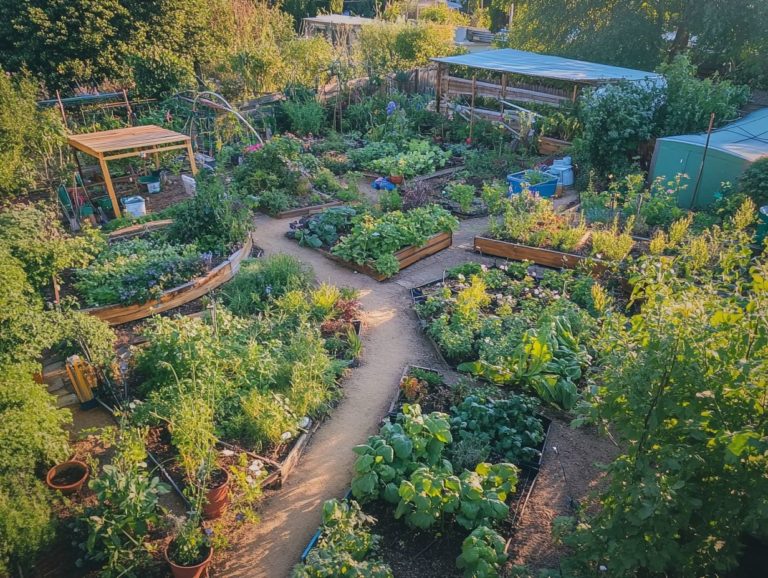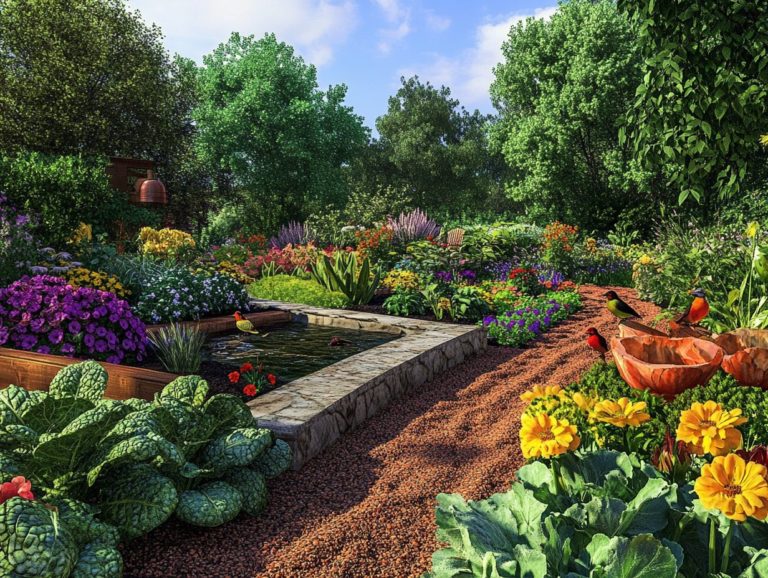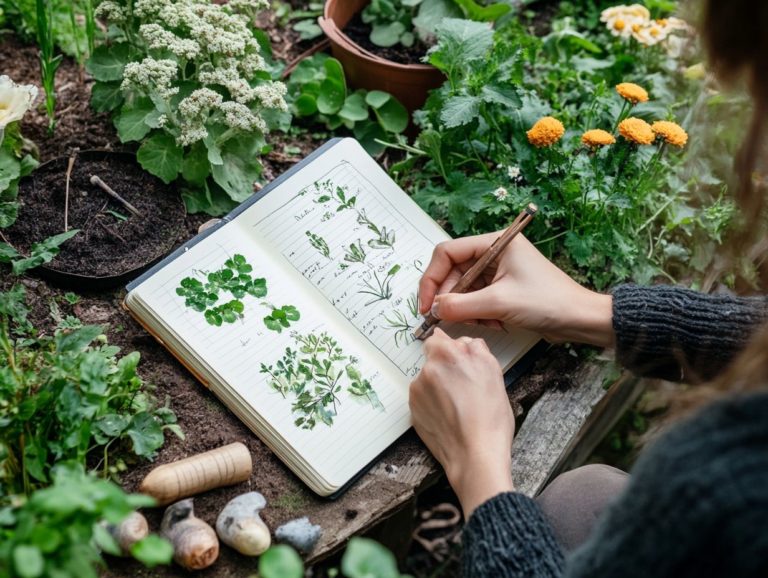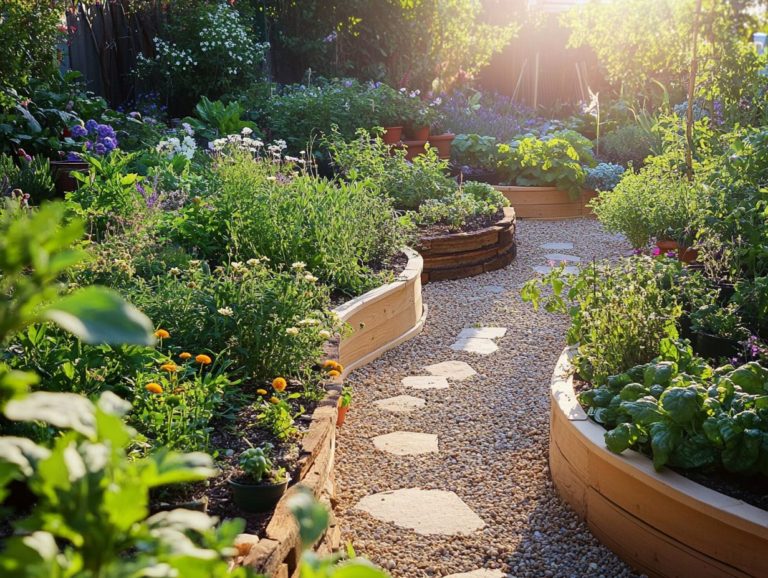How to Cultivate Resilience Through Design
In a world grappling with escalating environmental challenges and societal transformations, the importance of resilience has never been more paramount.
This article delves into the meaning of resilience within design, underscoring its vital role in crafting spaces that not only endure but also flourish in the face of adversity.
You will explore how to weave resilience into design principles, encounter inspiring case studies, and investigate collaborative community approaches.
Prepare to uncover practical tools and strategies that empower you, as a designer or architect, to cultivate resilience in your work.
You will also gain insights into emerging technologies that shape resilient design, particularly in the face of severe weather challenges.
Contents
- Key Takeaways:
- The Importance of Resilience
- Designing for Resilience
- Case Studies of Resilient Design
- Building Resilience in Communities
- Tools and Strategies for Cultivating Resilience
- The Future of Resilient Design
- Frequently Asked Questions
- What is resilience and how can design help cultivate it?
- How does design play a role in fostering a resilient mindset?
- Can design help in building resilience in communities?
- How can I incorporate resilience into my home design?
- Are there specific design principles that help cultivate resilience?
- Can design help promote self-care and mental wellness?
Key Takeaways:
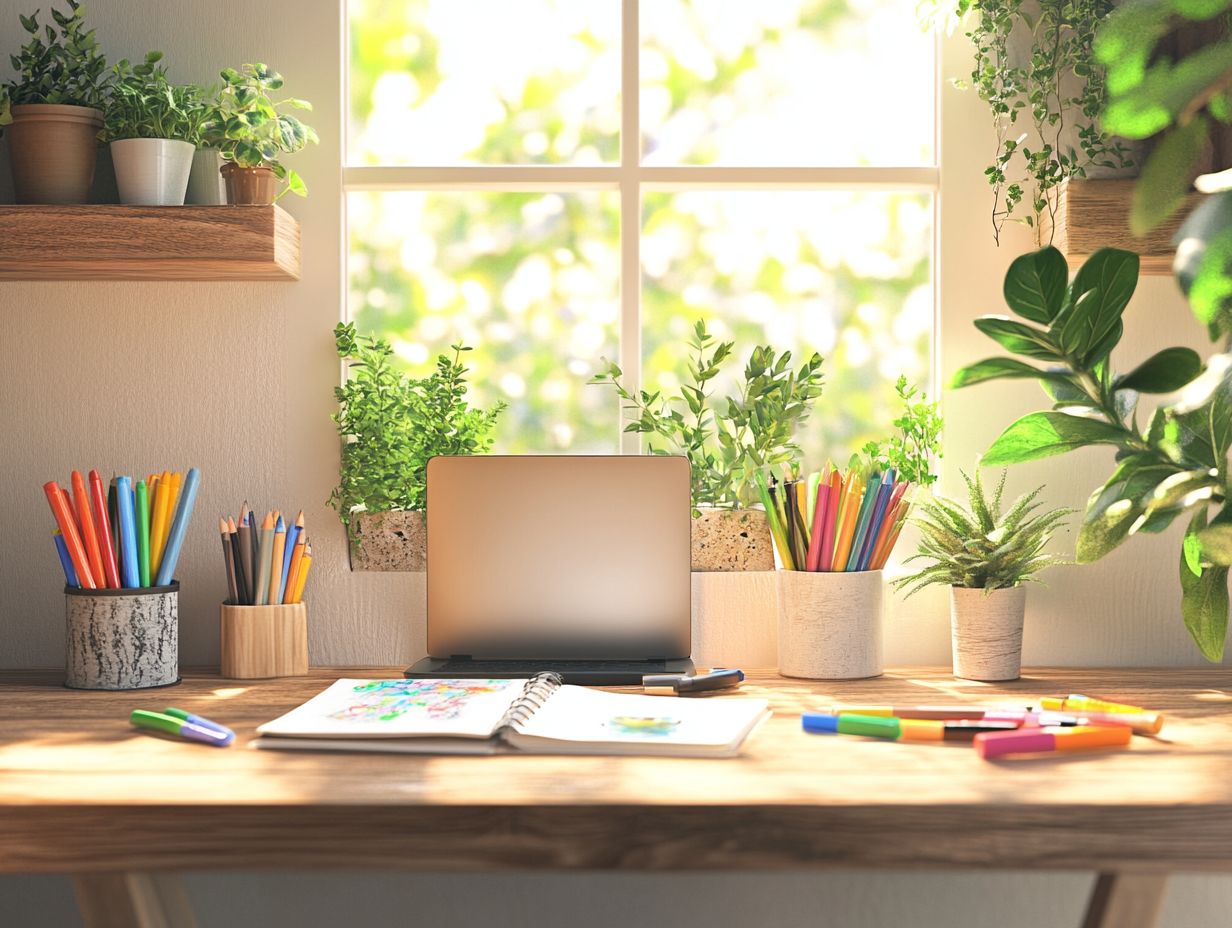
- Resilience is vital in design for adaptability to challenges.
- Incorporate resilience into your designs and collaborate with communities.
- Leverage practical tips and new technologies to shape resilient designs.
The Importance of Resilience
Resilience is crucial, especially as natural disasters like hurricanes and flooding increase. These events put a strain on community facilities and infrastructure.
With climate change amplifying these challenges, it’s crucial for design professionals like you to take action by embracing innovative and resilient design strategies. These strategies enhance both the ability of structures to withstand challenges and the emotional well-being of affected communities.
By weaving together creative processes and fostering community engagement in community facilities, you can ensure that built environments not only endure these events but also flourish in adversity.
Understanding the Concept of Resilience
Understanding resilience is essential for you as a design professional. It means being able to bounce back from challenges, including natural disasters like hurricanes and flooding.
This understanding goes beyond just ensuring safety; it includes various dimensions such as physical safety, emotional well-being, and community support. Physical safety pertains to how well structures can withstand environmental stressors. Emotional well-being highlights the mental health of individuals affected by crises. Community support emphasizes how neighborhoods and groups can support one another during tough times.
By weaving adaptation strategies into your designs, you can cultivate environments that promote these vital aspects. This ensures your spaces are not only safe but also foster a resilient mindset through community engagement and collaboration.
Engaging the community in the design process enriches your work and builds trust and shared responsibility in resilience hubs, ultimately contributing to a more resilient society.
Designing for Resilience
How can you create designs that not only survive but thrive against nature’s odds? Designing for resilience is a nuanced approach that enables you, as a design professional, to craft functional and sustainable designs capable of enduring the trials of time and the forces of nature.
In today s world, where hurricanes and other natural disasters are becoming increasingly frequent, this mindset is more essential than ever.
Incorporating Resilience into Design Principles
Incorporating resilience into your design principles is essential for creating infrastructures that can effectively mitigate the impacts of natural disasters while offering flexibility in design solutions. This approach addresses immediate safety concerns and fosters long-term adaptability in the face of changing environmental conditions.
By integrating robust mitigation systems and redundancy features, you can design structures that withstand extreme weather events like hurricanes and flooding. For instance, consider elevated building designs and permeable pavements. These strategies facilitate water management and maintain aesthetic appeal.
Balancing creativity with practicality ensures your environments remain livable and functional. Take inspiration from communities that incorporate green roofs and rain gardens. These features enhance eco-friendliness and serve as effective flood prevention measures.
Case Studies of Resilient Design

Examining case studies of resilient design offers valuable insights into how communities have adeptly adapted to the challenges posed by hurricanes and other natural disasters. Through innovative solutions and effective design strategies, these communities demonstrate remarkable resilience.
Examples of Successful Resilient Designs
Successful resilient designs are prime examples of how community facilities and infrastructure can effectively shield against severe weather events and climate change.
Take, for instance, New York City’s East Side Coastal Resiliency Project. This initiative goes beyond flood defenses; it s a masterclass in thoughtful design that protects neighborhoods while transforming public spaces into vibrant parks and walkways for everyone to enjoy.
In a similar vein, the San Francisco Bay Area’s Resilient by Design challenge showcases the power of collaboration among design professionals, local communities, and environmental experts in crafting sustainable solutions. By innovatively utilizing natural materials and creating floodable green areas, these projects cultivate a sense of ownership and engagement among residents.
This highlights the practical benefits of resilient design and underscores its social significance, ultimately weaving a stronger, more connected community.
Building Resilience in Communities
Building resilience in communities requires everyone s active involvement. By participating in the development of resilience hubs and crafting effective disaster recovery strategies, you can take action now to tackle social impacts head-on and cultivate a sense of collective well-being.
Your involvement is essential in shaping a stronger, more adaptive community.
Collaborative Approaches to Resilient Design
Collaborative approaches to resilient design encourage teamwork with design professionals and community members, crafting solutions finely tuned to local needs and challenges, especially in the aftermath of hurricanes and other environmental stressors.
By tapping into the diverse perspectives and insights of local residents, these models cultivate a sense of ownership over the projects and ensure that the designs are both practical and sustainable. Engaging community members in the design process enables you to pinpoint specific vulnerabilities and aspirations unique to each neighborhood.
This participatory strategy enhances the functionality of community facilities while fostering stronger social networks. This makes your community more adaptable and resilient in the face of future challenges. Ultimately, this collaboration nurtures a deeper connection to the environment, encouraging stewardship and proactive engagement with ongoing resilience efforts.
Tools and Strategies for Cultivating Resilience
For design professionals like yourself, employing effective tools and strategies to cultivate resilience is essential. By focusing on creating energy-efficient environments, you can ensure that your designs not only withstand but also adapt to and recover from the impacts of natural disasters.
This approach enhances the functionality of your work while elevating the safety and sustainability of the spaces you create.
Practical Tips for Designers and Architects
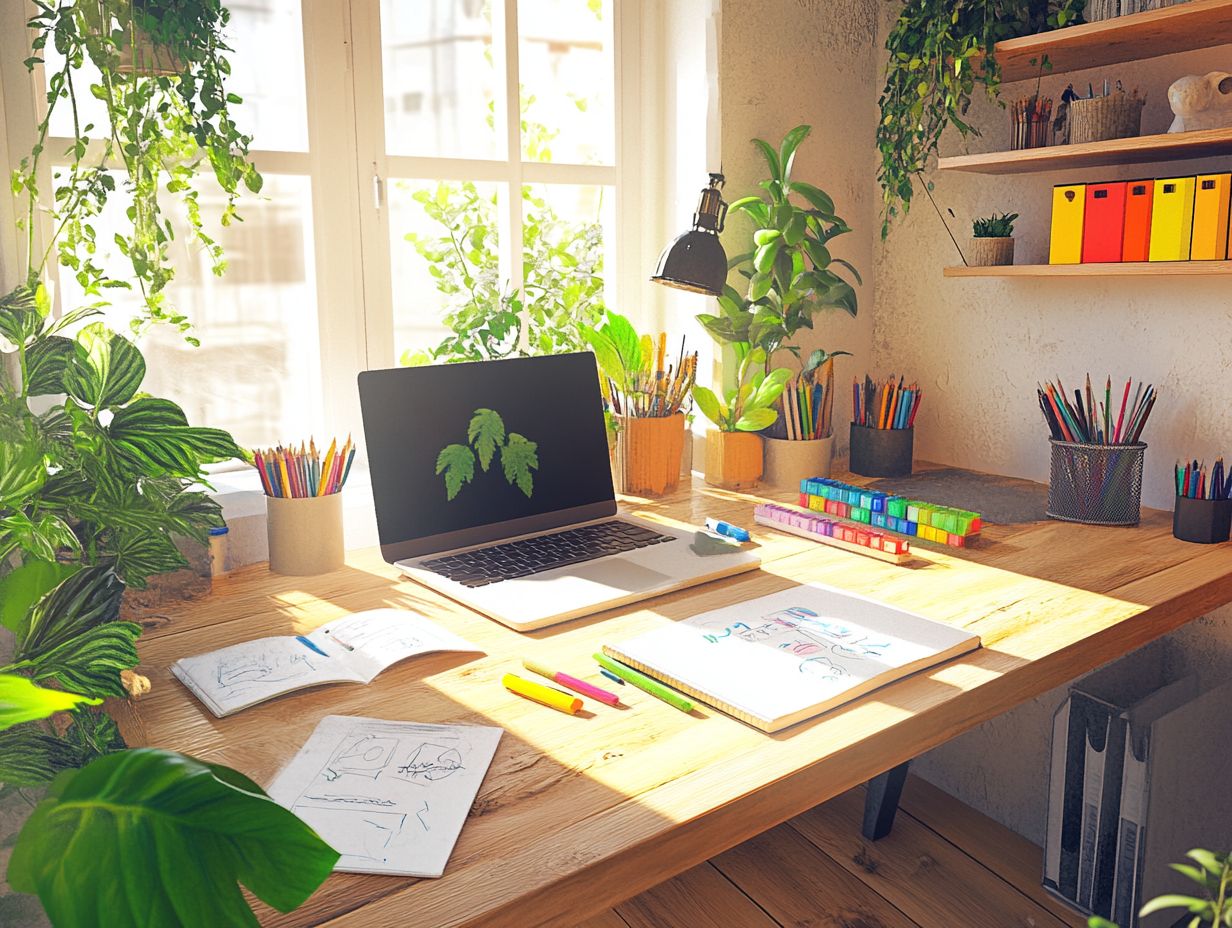
Practical tips for designers and architects can significantly enhance your approach to implementing resilient design practices that prioritize energy efficiency and adaptability in the face of natural disasters.
By embracing innovative strategies, such as integrating renewable energy sources and utilizing sustainable materials, you can create structures that not only withstand extreme weather conditions but also minimize their environmental impact.
Participating in training programs and workshops, like those offered by the American Institute of Architects, will equip you with valuable insights into repurposing existing buildings and energy-efficient building techniques.
Incorporating smart technologies into your designs can further enhance resilience by enabling real-time monitoring and adjustments. This allows your creations to evolve in response to environmental changes and adapt to storm systems.
Collaborating with local communities during the planning stages leads to tailored design solutions, ensuring that your work resonates with and supports the areas you serve.
The Future of Resilient Design
The future of resilient design is transforming right now. Exciting new technologies are creating pathways for sustainable and energy-efficient solutions, particularly in the wake of challenges posed by climate change.
These advancements are essential for tackling the pressing challenges posed by climate change.
Emerging Technologies and Trends
Emerging technologies are revolutionizing the future of sustainable design. They provide you with innovative solutions to address the urban heat island effect, mitigate flooding, and bolster community resilience.
These advancements encompass smart materials that adapt to fluctuating environmental conditions, renewable energy sources that offer clean power, and sophisticated stormwater management systems crafted to mitigate flooding risks. By incorporating these cutting-edge solutions, you empower urban planners to create spaces that minimize carbon footprints and enhance the livability of communities.
For example, smart materials can regulate temperatures, significantly improving energy efficiency in buildings, while renewable energy sources play a pivotal role in fostering a more sustainable energy grid. Additionally, effective stormwater management systems equip communities to better prepare for extreme weather events, ultimately enhancing their resilience and sustainability.
Frequently Asked Questions
What is resilience and how can design help cultivate it?
Resilience is the ability to adapt and bounce back in the face of challenges and adversity. Designing for resilience in your garden can help by creating spaces, products, and experiences that promote mental and emotional strength.
How does design play a role in fostering a resilient mindset?

Design can influence our thoughts, emotions, and behaviors. By incorporating elements such as natural light, calming colors, and open spaces, design can promote a sense of calm and positivity, which are essential aspects of resilience.
Can design help in building resilience in communities?
Yes! Design significantly strengthens communities. By creating public spaces that bring people together, promoting accessibility and inclusivity, and incorporating sustainable features, design can strengthen community bonds and enhance their ability to bounce back from challenges.
How can I incorporate resilience into my home design?
Incorporate resilience into your home by creating a functional and organized space. Use calming colors, add elements of nature, and let in plenty of natural light.
Are there specific design principles that help cultivate resilience?
Yes, certain key principles promote resilience. Focus on functionality, adaptability, sustainability (which means using resources wisely), and inclusivity. These principles help create a supportive environment.
Can design help promote self-care and mental wellness?
Absolutely! Design can enhance self-care and mental wellness. Create spaces that encourage relaxation, reduce stress, and give a sense of control over your environment.
Consider how you can implement these principles in your own home for a more resilient design!

